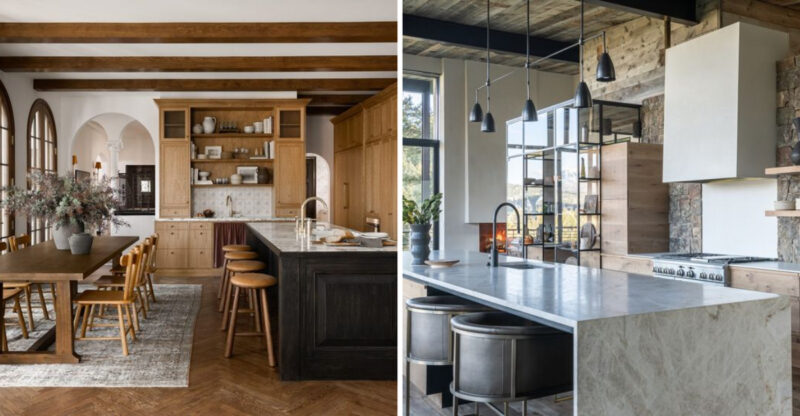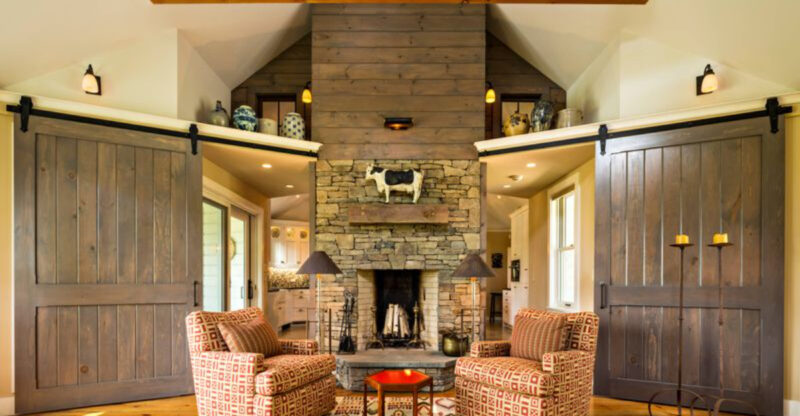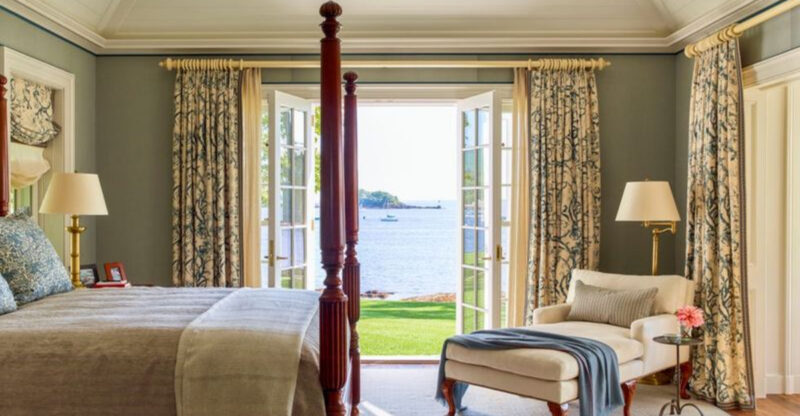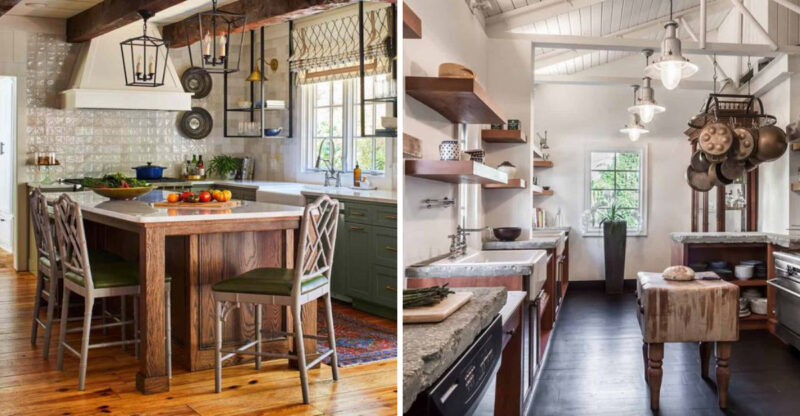Yard Features That Could Face Restrictions In Some Neighborhoods
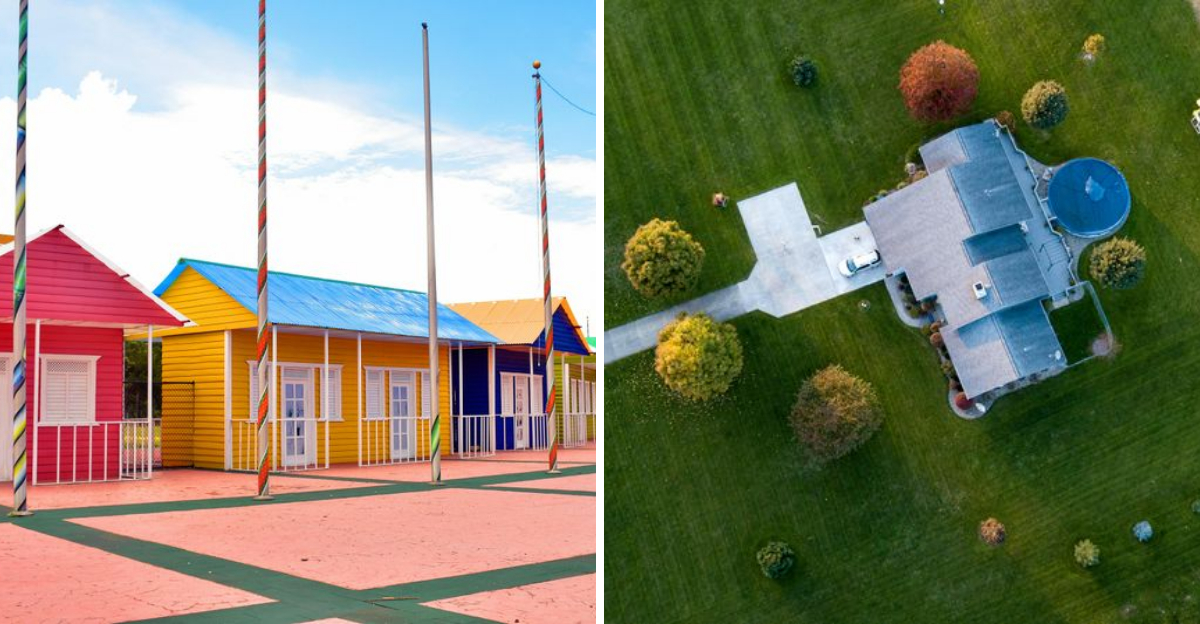
Dreaming of the perfect yard? Your neighborhood rules might have other ideas. Homeowners associations (HOAs) and local regulations often place limits on what you can add to your outdoor space. Understanding these potential restrictions before starting your next project can save you time, money, and headaches with neighbors or authorities.
The information in this article is for general informational purposes only. Always review your local regulations, HOA guidelines, and permit requirements before making changes to your property.
1. Towering Fences
Many communities have strict height limits for fences, typically capping them at 6 feet in backyards and 3-4 feet in front yards. The materials matter too – some neighborhoods ban chain-link or require specific wood types to maintain a cohesive look.
Before purchasing materials or hiring contractors, check your local zoning codes and HOA guidelines. Violations might result in costly removal orders or fines that accumulate daily until the issue is resolved.
2. Front Yard Vegetable Gardens
Growing tomatoes and zucchini in your front yard might seem harmless, but some communities consider vegetable gardens unsightly in public-facing areas. Rules often aim to preserve neighborhood aesthetics by limiting food cultivation to backyards only.
Residents have fought these restrictions in court, arguing for food sovereignty and sustainable living. If you’re passionate about front yard farming, explore ornamental edible landscaping that blends vegetables with decorative plants for a compromise solution.
3. Backyard Chicken Coops
Raising chickens has become increasingly popular for fresh eggs and natural pest control. However, many urban and suburban areas limit or prohibit keeping poultry, citing concerns about noise, odors, and potential disease.
When permitted, regulations typically specify maximum flock sizes (often 4-6 birds), coop setbacks from property lines, and rooster bans. Some communities require permits or neighbor approval before establishing your backyard flock.
4. Visible Storage Solutions
Garden sheds, standalone garages, and storage containers provide valuable space for tools and equipment but frequently face size and placement limitations. Regulations commonly require matching materials and roof styles to your main home for aesthetic consistency.
Permanent structures typically need building permits and must meet setback requirements from property lines. Some communities prohibit metal sheds entirely or restrict them to locations not visible from streets or neighboring properties. Temporary storage pods may have strict time limits for how long they can remain on your property.
5. Solar Panels and Wind Turbines
Renewable energy installations face a complex regulatory landscape. While many states have solar access laws preventing outright bans, HOAs may still impose aesthetic requirements like mounting panels flush with rooflines or limiting ground installations.
Small wind turbines face stricter opposition due to noise concerns, visual impact, and potential wildlife effects. Height restrictions often make residential wind power impractical in dense neighborhoods. Before investing in green energy, verify both local building codes and HOA guidelines to avoid costly disputes.
6. Recreational Water Features
Backyard pools, hot tubs, and decorative ponds often face multiple layers of regulation. Safety concerns drive requirements for secure fencing, self-latching gates, and sometimes even alarm systems to prevent accidental drownings.
Environmental regulations may restrict water usage or drainage patterns. Insurance considerations also come into play, potentially increasing your homeowner premiums or requiring additional coverage. Always check both local building codes and HOA rules before installing any water feature.
7. Extensive Holiday Decorations
Elaborate holiday light displays and yard decorations might spread seasonal joy but can trigger neighborhood restrictions. Many HOAs limit decoration installation timeframes, typically allowing displays 30 days before and requiring removal within 2 weeks after holidays.
Rules might address lighting brightness, music, animation, and visitor traffic impacts. Some communities establish quiet hours for musical or illuminated displays. While these limitations may seem like holiday buzzkills, they aim to balance festive expression with neighborhood tranquility.
8. Vibrant House Paint Colors
That bold purple or electric blue might express your personality perfectly, but neighborhoods with strict aesthetic guidelines often restrict exterior color choices. HOAs typically maintain approved color palettes that homeowners must select from when painting their homes or yard structures.
Even without formal restrictions, unusual color choices can create tension with neighbors concerned about property values. Consider testing paint samples on small areas first and discussing plans with neighbors if you’re contemplating a dramatic color change.

